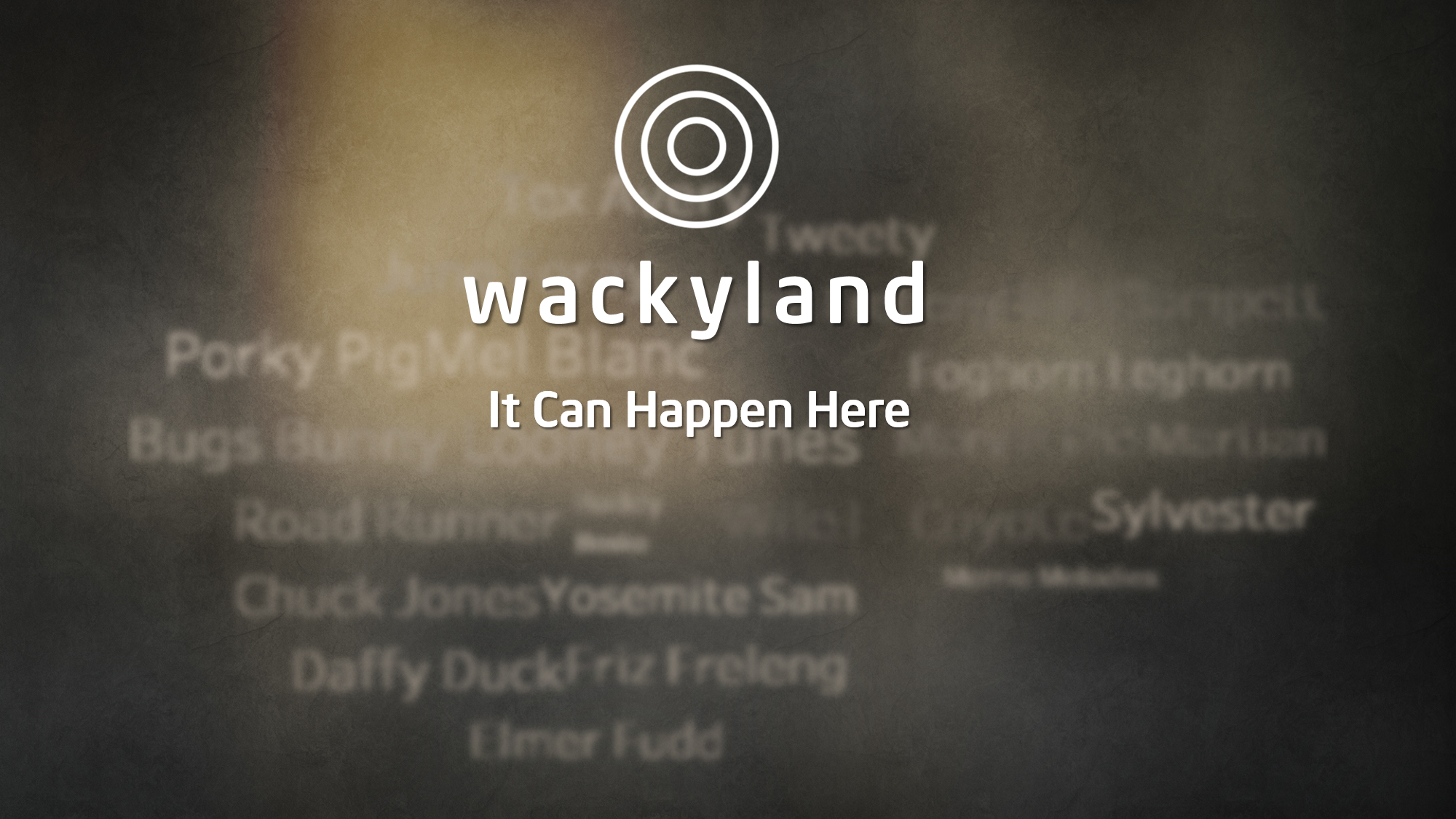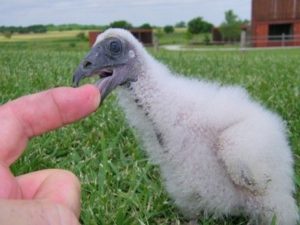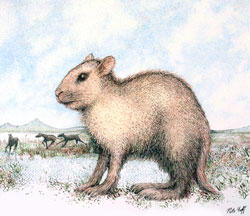“Goodnight my little pine knot.”
Supervision by Isadore Freleng; Story by Tedd Pierce; Animation by Bob McKimson; Musical Direction by Carl W. Stalling. A Merrie Melody released on April 2, 1938.
In the little town of Hickville, Emily the hen idolizes the stars and starlets of Hollywood and fantasizes about the time when she too will be on the silver screen. (Ironically enough, this short actually being her second time. She wouldn’t get a third.) So enamored is she that she even talks like Katharine Hepburn. (Unless that is her normal speaking voice. It’s possible. I sound like J.K. Simmons, myself.) She can’t be bothered with the local rooster who comes a courtin’ for her wing in marriage. The high life is always the best life!
What luck! There’s someone at the gas station she lives at who could be a huge help with getting into pictures. A one J. Megga Phone by name, on his way back to Hollywood. (I love how he wears three pairs on sunglasses. I should do the same.) Emily lets him know that she has every intention of being big one day, and he likes what he sees. (She is pretty cute.) He hands her his card telling her to look him up, as home he goes.
Emily rushes to get her bags. (Past Alfred Hick-cock who never moved an inch.) She’s Hollywood bound! And she’s so committed to her dream that she walks the entire 2,000 miles which means Hickville is located in Maryland or West Virginia. (Or maybe her hitchhiking had more success than the montage suggested. Less impressive.) She makes it though, and she gets to see what some of the stars are doing when not on screen. Clark Gable drives a trolley, and W.C. Fields directs traffic, for example. And we see the cement footsteps left behind by Robinson and Garbo. (The former having a gun print; the latter being humongous.)
The picture business, that’s what Emily is here for. And Mr. Colossal wasn’t bluffing, he really is a director. One with at least 15 assistant directors who agree to whatever he says. (Except the 15th one who still has a shred of individuality and personality. Give us one week more, we’ll fix him.) His latest picture is a musical medley to America’s 48 states and if the clapboard is accurate, his name is actually Buzzard Berkelee. (I knew his cool name was too cool to be true.) Odder still, his movie is comprised of humans. Yeah, we already saw plenty, but it was only now that I realized how weird this world is. What does everyone eat?
Emily finds a casting office, but it turns out she’s not the only pullet here. Seems Mr. C gives out business cards to any girl he comes across and the room is already packed. And when the man himself enters, Emily can’t catch his attention; not that he even looks at or acknowledges she exists. Emily is already broken. Embarrassed and upset to find she was just one of many, she decides to forgo any hard work that would get her a position, and heads back home.
She married Alfred and we see how happy their little family looks. But one daughter can’t help but idolize the silver screen, and fantasize about when she too will be a star. Emily ain’t having it and gives her kid such a smack. If she’s not going to be an instant success, then nobody is.
Favorite Part: When Colossal says, “If you ever want to get in pictures, look me up.” and hands Emily his card. Flipping it reveals just that is written on the back. Not only gives a clue that he has so many of those cards, he’s memorized the script, but can be interpreted as him just being too dumb to remember what to say.
Personal Rating: If you’re not familiar with some of the biggest stars of the day, you might find the majority of jokes confusing. It’s a 2 for people like you, and a 3 for the rest of us.



